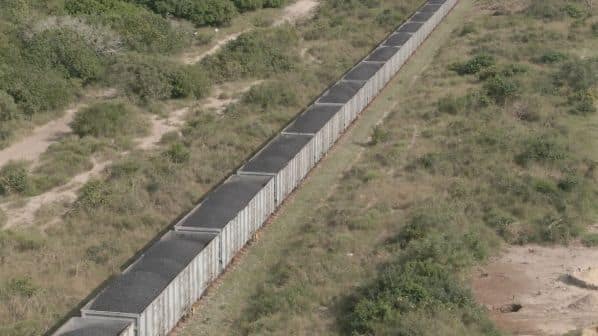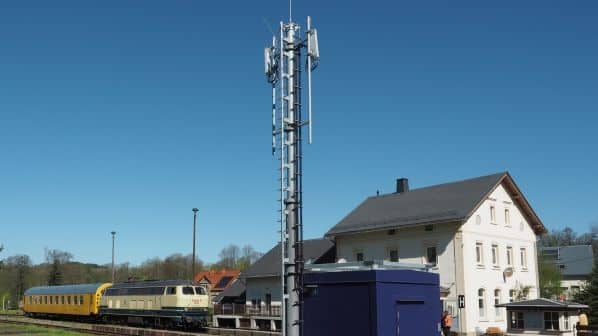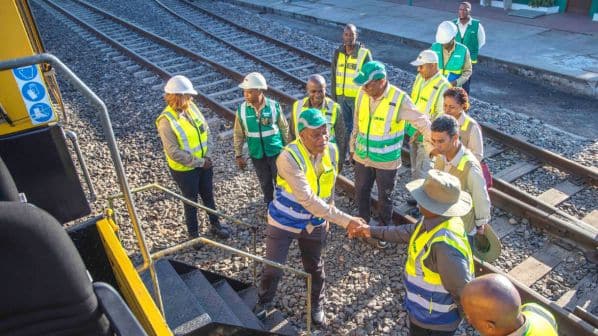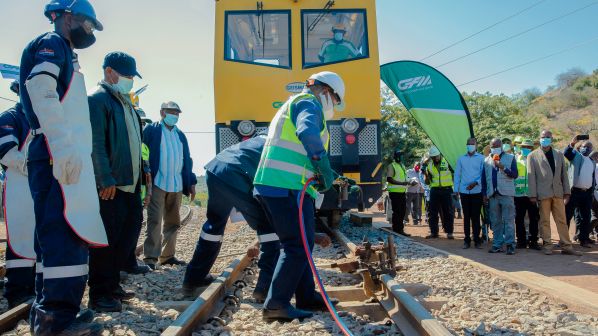HUAWEI is supplying an integrated communications system for train dispatching to Mozambique Ports and Railways (CFM), which CFM says is the first in the world to be based on the Future Railway Mobile Communication System (FRMCS).
FRMCS is being developed by the International Union of Railways (UIC) to replace the 2G-based GSM-R and provide a 5G dedicated radio system for railway mobile communications. It is hoped that FRMCS will be rolled out in Europe from 2030 onwards as GSM-R reaches obsolescence and public 2G networks are switched off.
Huawei says that GSM-R can no longer provide the bandwidth, latency and connectivity required by railways as they increasingly adopt digital technology and transmit increasing amounts of data between trains and lineside systems.
As GSM-R systems reach the end of their useful life, technology and components such as chipsets are becoming obsolete, with the supply industry unlikely to be able to support GSM-R much beyond 2030.
This issue was faced by CFM which risked investing in outdated GSM-R technology when upgrading its narrowband telecommunications infrastructure. Instead, it selected Huawei to deploy a Long Term Evolution (LTE) solution based on FRMCS architecture in order to ensure reliable train-to-ground voice and data communications.
As the FRMCS 5G standard is being developed in Europe under the 5G Rail research programme coordinated by the UIC and has not yet been finalised, Huawei says that LTE networks are the preferred option as they can be readily upgraded to 5G as FRMCS is developed.
The integrated dispatching communications system that Huawei is supplying to CFM is based on a converged communications platform to provide MCX wireless broadband trunking and multimedia communications between dispatchers and drivers.
It also supports all IP communications networks and specific railway business functions, such as function codes and emergency calls. Unlike the legacy system it replaces, the new system can quickly transmit information in real time, which according to Huawei has reduced the number of train accidents and injuries to track maintenance workers.
As well as operational safety, Huawei says that switching to FRMCS-based communications has improved train scheduling and employee management.
Work on the first phase of the project began in 2021. With the second phase now complete and the new system in operation on two lines, Huawei expects to complete rollout across the CFM network in 2026.
The project has involved replacing or upgrading LTE sites and core networks, as well as installing transmission equipment, CCTV, the multi-media dispatching system, and cab radios.
According to the supplier, capacity on CFM’s line from Goba to Maputo has doubled, enabling the railway to carry 7200 tonnes of coal a day compared with 3600 tonnes before. The volume of freight passing through the port of Maputo increased from 22 million tonnes in 2021 to 26.7 million tonnes in 2022, with a total of over 30 million tonnes forecast this year.
For detailed data on rail projects around the world, subscribe to IRJ Pro.




